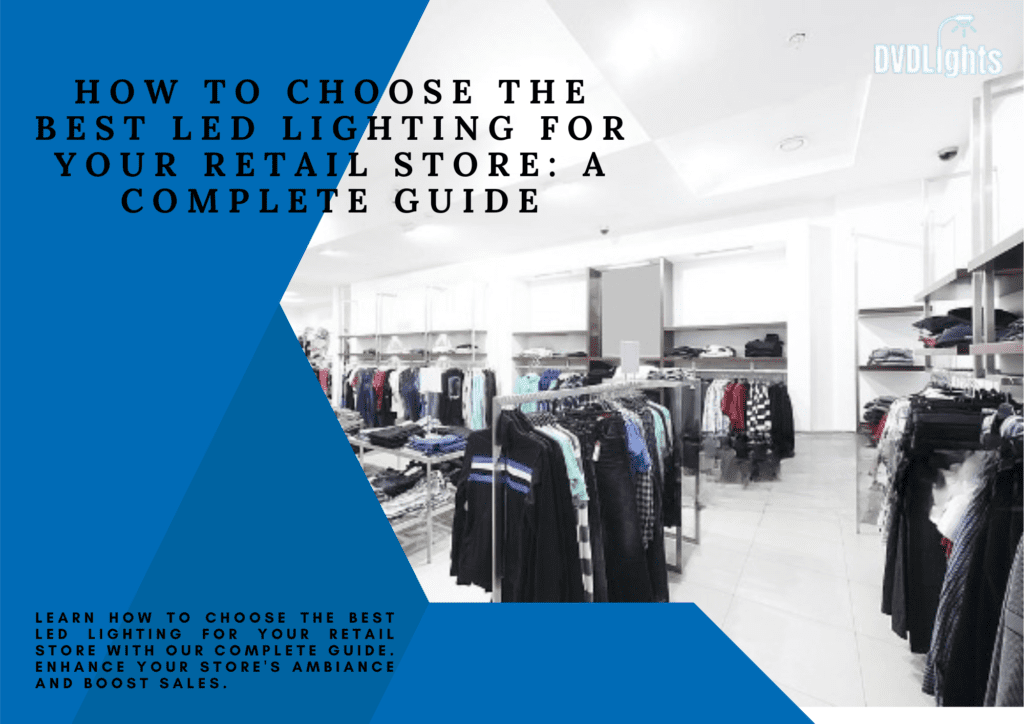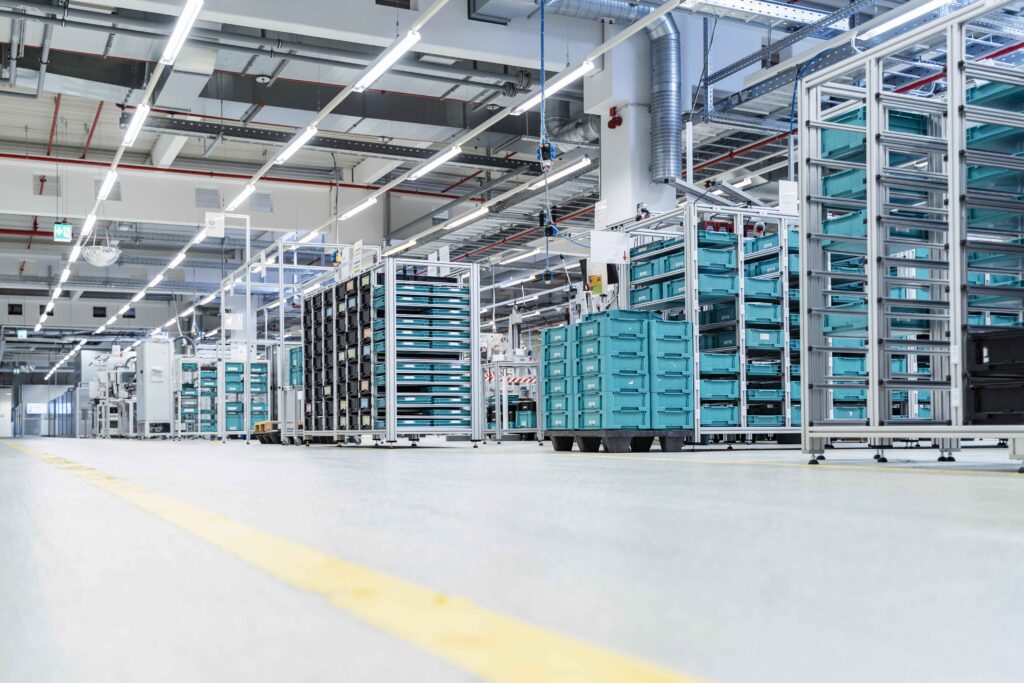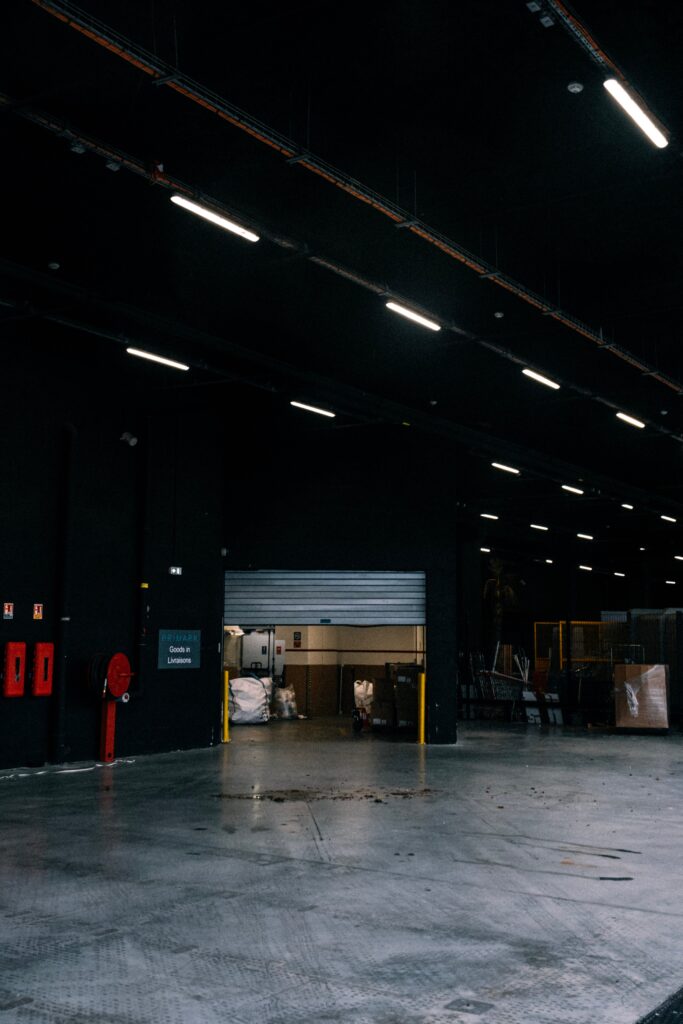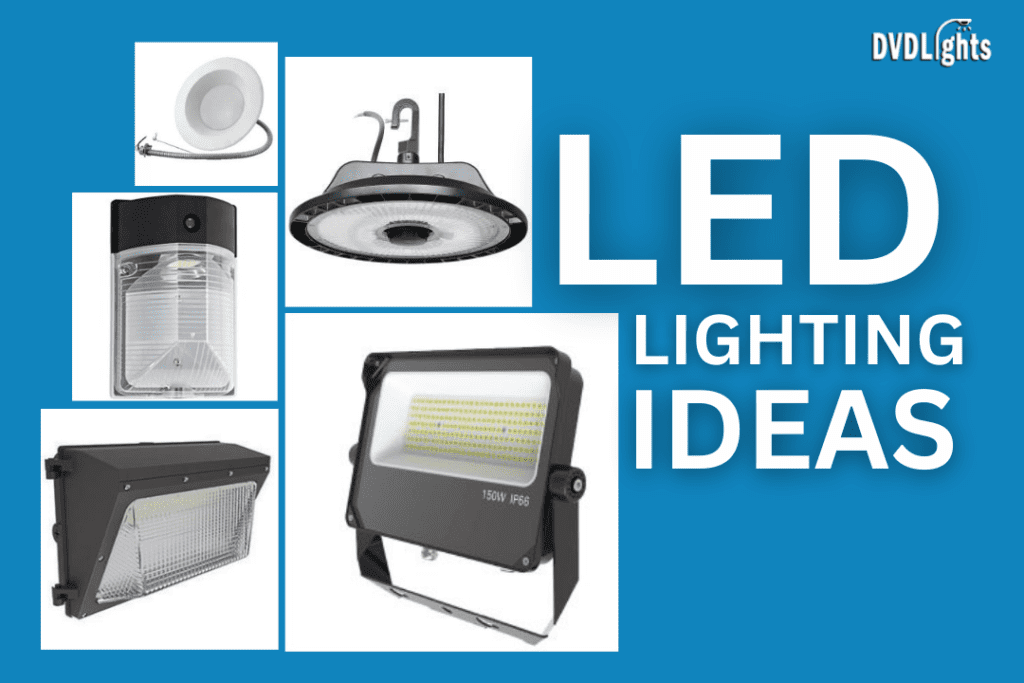Lighting in a retail setup is everything; it creates a huge difference in the overall customer experience and subsequently on the store’s success. The right lighting dramatizes the look of the product, helps in the creation of an atmosphere that invites customers, and can even influence purchasing habits. Recently, most retailers have turned to LED lighting because it has many advantages over traditional light sources. This document will help the retailer understand how to choose the best LED lighting for a retail store.
Understanding Your Store’s Needs
First, understand your store’s requirements before choosing LED lighting. Determine what kind of store you have in the first place: a clothing boutique, grocery store, electronics shop, or some other type of retail store. Each category of store has different lighting needs so its products could be best presented to customers.
Coupled with this would be the size of the store, its layout, and the height of its ceilings. The larger the store, the more powerful the lighting options are likely to be; the smaller the store, the less powerful they become, and in place of them, there is a need only for strategic placements. The layout and ceiling height also greatly influence the appropriate placement and types of lighting used.
Consider what kind of ambiance and atmosphere should be created. For example, a high-end boutique may want warm, soft lighting to connote the upscale feel of a store dealing with fabrics, while a store handling tech products should use cool, bright light to display advanced gadgets. Added to this would be demographics. Knowing your customer enables you to tailor those lighting choices at their expectations and enhance the shopping experience.
Photo by fiphoto via iStock
Types of LED Lighting for Your Retail Stores
LED lighting offers various options to suit different areas and purposes within your retail store:
LED Downlights:
LED downlights are a versatile and efficient lighting solution ideal for general or ambient lighting in retail stores. These lights are typically recessed into the ceiling, providing a clean and modern look that complements any store design. They offer a broad, even light distribution that ensures the entire store is well-lit. LED downlights are energy-efficient, have a long lifespan, and come in various color temperatures, allowing you to create the desired atmosphere in your store. They are particularly effective in creating a welcoming environment that encourages customers to spend more time shopping.
LED Panel Lights:
LED panel lights are excellent for accent lighting, drawing attention to specific products or displays. These lights are flat and can be installed in ceilings or walls, providing a sleek and unobtrusive source of illumination. LED panel lights offer bright, uniform lighting that can highlight new arrivals, promotional items, or high-end products, making them stand out to customers. The flexibility in size and installation options makes LED panel lights suitable for various retail applications. They can be easily integrated into display cases or shelves to enhance the visual appeal of your merchandise.
LED Linear Strip Lights:
LED linear strip lights are essential for task lighting in areas where specific activities are performed, such as checkout counters, fitting rooms, or service desks. These lights provide focused illumination that improves visibility and ensures tasks are performed efficiently and accurately. LED linear strip lights are also highly customizable, available in different lengths, colors, and brightness levels. They can be easily mounted under counters, along shelving units, or around display areas, providing both functional and decorative lighting. Their flexibility and ease of installation make them an excellent choice for adding a modern and dynamic lighting element to your store’s design.
Factors to Consider When Choosing LED Lights
When selecting LED lights for your retail store, several factors should be considered to ensure you make the best choice:
Color Temperature: The color temperature of LED lights ranges from warm to cool. Warm white, between 2700K and 3000K, makes the light cozy and inviting; cool white between 4000K and 5000K provides a bright, energetic feel. Then there is the neutral white—between 3500K and 4000K—that presents a balanced option suitable for many store environments.
Color Rendering Index: CRI measures the ability of the light to bring out real colors. With a CRI of 90 and above, colors are lively and vivid, as if reproducing in their natural state, which is a necessity in the display of various products.
Lumens: The lumens refer to the brightness of the light. The greater it is, the more intense shall be the light. Bright light in any retail setting is essential, and you ought to select your lumen output with consideration towards size and need in your store.
Beam Angle: This is the angle at which light spreads. The narrow beam angles are suitable for spotlighting certain products, and the large ones give out light to the general area; it depends on the purpose and placing of each lighting.
Energy Efficiency: One major factor where LED lights really excel is energy efficiency. High-efficacy LED fixtures help reduce energy consumption, lower operating costs.
Lifespan: Relative to traditional lighting, LED lights have a very high lifespan. Replace with high-lifespan LEDs to reduce maintenance and replacement costs.
Dimming Capabilities: Dimmable LED lights are flexible and can be adjusted to different light levels with respect to time of the day or according to events, such as making the shopping experience better and saving energy.
Creating the Perfect Lighting Plan
A well-thought-out lighting plan combines various types of LED lighting to create a cohesive and inviting retail environment:
Combining Different Types of LED Lighting: Mixing and matching the range of different types of LED lighting, be that ambient, accent, task, or decorative, can blanket all areas of your store effectively. This ensures an atmosphere that is visually appealing and balanced in layers.
Lighting Placement and Arrangement: Plan out where you place your lighting fixtures to achieve an even spread of light with no dark spots anywhere in the room. Consider height and angle of light for best illumination.
Zoning Your Store for Optimal Lighting: Divide your store into different zones according to their functions, such as product display, fitting rooms, checkout areas, and so on. Adjust the light level in each zone accordingly.
Using Lighting to Create Focal Points: Use accent lighting on key display areas and products to draw attention. These focal points will assist in moving customers around the store and enable them to focus on the different sections.
Incorporating LED Lighting into Displays and Showcases: Use LED strips or lamps to spot the displays and showcases. Proper lighting will dignify the products, making them more attractive to customers.
Photo by fiphoto via iStock
Tips for Energy Efficiency and Cost Savings
Maximize the benefits of LED lighting by implementing energy-efficient practices:
Choosing the Right Wattage: Get the right wattage of LED lights for each area in order not to over-light and to save energy.
Utilizing Motion Sensors and Timers: Install motion sensors and timers for lighting in less-traveled areas or during closed hours. This can really save tons of energy.
Regular Maintenance and Cleaning: Keep lighting fittings clean and well-maintained for the best performance and longest life.
Taking Advantage of Government Incentives: Look out for schemes or other incentives offered by the government to encourage energy-efficient lighting solutions. These will help in offsetting the upfront costs of LED lighting upgrades.
Photo by fiphoto via iStock
Conclusion
Proper lighting is essential in a retail environment. The benefits associated with the use of LED lighting include energy efficiency, long lifetimes, and better presentation for the products. Spending some time to understand the needs of your store by choosing the right types of LED lighting and having a good light plan will invite customers in, keep them there, and make the experience more enjoyable and convincing enough to buy more. Play with different lighting solutions until you find the perfect combination that will be tailored to your unique store and its requirements or goals.
FAQs
- What are the main benefits of using LED lighting in my retail store?
LED lighting offers several advantages, including energy efficiency, a longer lifespan, and better light quality. These lights consume less power, reducing your energy bills, and they last significantly longer than traditional lighting options, minimizing maintenance and replacement costs. Additionally, LED lights provide consistent, high-quality illumination that enhances the appearance of your products and creates a pleasant shopping environment.
- How do I determine the right color temperature for my store?
The right color temperature depends on the ambiance you want to create. Warm white (2700K-3000K) creates a cozy and inviting atmosphere, suitable for clothing boutiques or upscale retail spaces. Cool white (4000K-5000K) offers a bright and energetic feel, ideal for tech stores or supermarkets. Neutral white (3500K-4000K) provides a balanced lighting option that works well in various retail environments.
- What is the importance of the Color Rendering Index (CRI) in retail lighting?
The CRI measures a light source’s ability to accurately render colors compared to natural light. A higher CRI (90 and above) ensures that colors appear true to life and vibrant. This is particularly important in retail settings, as accurate color representation can significantly impact customers’ perception of your products and their purchasing decisions.
- How can I use LED lighting to highlight specific products or areas in my store?
Accent lighting is the best way to highlight specific products or areas. Use spotlights or LED strips to draw attention to new arrivals, promotional items, or high-end products. Position the lights at angles that create focal points and guide customers through the store. Combining accent lighting with ambient and task lighting creates a visually appealing and functional lighting design.
- What strategies can I implement to improve energy efficiency and reduce lighting costs?
To improve energy efficiency and reduce costs, choose LED lights with the appropriate wattage for each area, avoiding over-lighting. Utilize motion sensors and timers to control lighting in low-traffic areas or during non-business hours. Regularly maintain and clean your lighting fixtures to ensure optimal performance. Additionally, explore government incentives or programs that promote energy-efficient lighting solutions, which can help offset the initial costs of upgrading to LED lighting.





